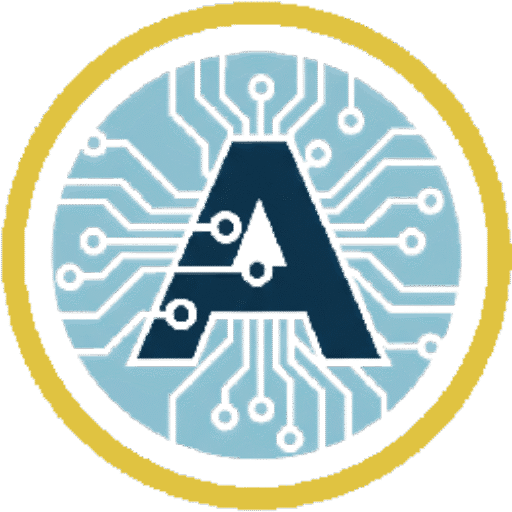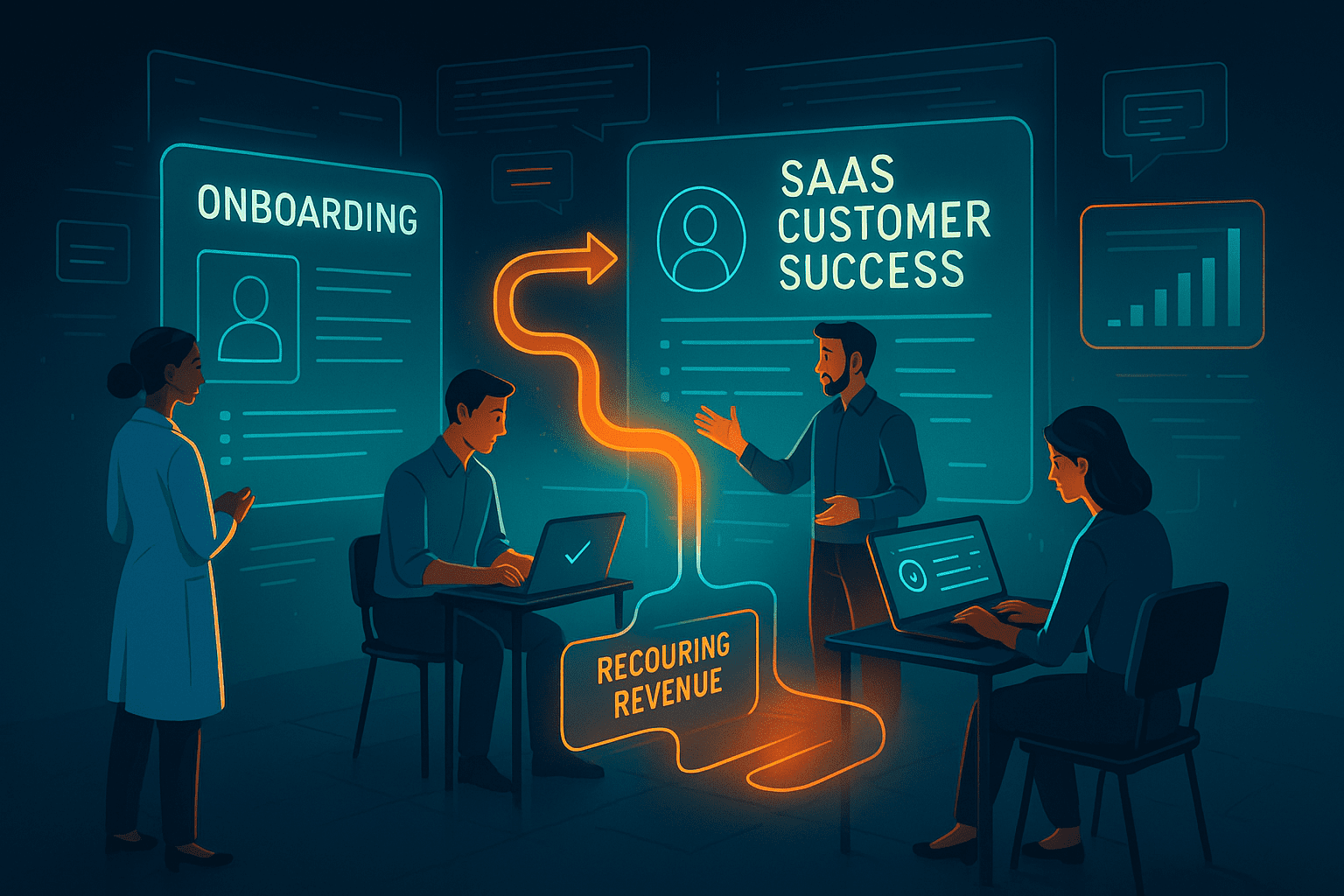The shift to a recurring revenue model in B2B SaaS fundamentally changes the customer relationship: the initial sale is no longer the final goal, but the first step in a long-term partnership. B2B SaaS Customer Success is the proactive, methodology-driven approach focused on ensuring customers achieve their desired outcomes while using the product, which is the direct driver of retention and expansion revenue. This function is critical for maintaining healthy Net Revenue Retention (NRR) and maximizing Customer Lifetime Value (LTV).
1. Onboarding: The Foundation of Time-to-Value
Effective B2B SaaS onboarding strategies are the single most important factor in determining long-term customer health, as they ensure a fast and effective Time to Value (TTV). If a customer doesn’t quickly see the return on their investment, they are highly likely to churn early.
- Define the “Success Moment”: Every customer success team must clearly define the moment or milestone where the customer first realizes measurable business value. This often involves integrating data, automating a key process, or generating a specific report.
- Segmented Onboarding: Onboarding should not be a one-size-fits-all process. It must be tailored based on the customer’s size and complexity:
- Low-Touch: Automated, self-service processes (in-app guides, documentation) for small businesses with low average contract value.
- High-Touch: Dedicated Customer Success Managers and consulting for Enterprise clients who require deep integrations and complex change management.
- Proactive Engagement: Rather than waiting for customers to ask for help, the onboarding process must be orchestrated to guide them through implementation, milestone-by-milestone, using automated alerts and human check-ins.
2. The Customer Success Manager Role
The Customer Success Manager (CSM) is the customer’s guide and advocate, ensuring their ongoing alignment with the B2B SaaS product’s value proposition. Their primary goal is to foster a long-term relationship built on mutual success.
- Driving Adoption: CSMs track feature utilization and actively encourage the use of high-value features that solve the customer’s specific pain points, ensuring customers get the full benefit of their subscription.
- Health Scoring: CSMs use data-driven health scoring to categorize customers based on usage patterns, support tickets, survey responses, and license utilization. A “red” health score triggers immediate, proactive intervention to prevent potential SaaS churn or contraction.
3. Strategies for Reducing SaaS Churn
Reducing SaaS churn is the most direct way to boost profitability, as expansion revenue from retained customers is far cheaper than new customer acquisition. Effective B2B SaaS Customer Success best practices focus on prevention over reaction.
| Strategy | Goal | Key Action |
| Early Warning Systems | Identify at-risk customers before they cancel. | Set automated alerts for low usage, expired credit cards, or a spike in severe support tickets. |
| The QBR (Quarterly Business Review) | Re-validate value and plan the future relationship. | A formal meeting where the CSM presents the customer’s ROI (e.g., “You saved $50,000 this quarter”) and plans for future feature adoption. |
| Executive Alignment | Secure commitment from high-level stakeholders. | Ensure product usage and satisfaction are championed by an executive sponsor within the client organization. |
4. Maximizing Customer Lifetime Value
The profitability of a B2B SaaS company hinges on maximizing Customer Lifetime Value (LTV), which is done by securing high Net Revenue Retention (NRR). Customer Success is the engine for expansion revenue, moving customers up the pricing tiers.
- Expansion Opportunities: By understanding the customer’s evolving needs, CSMs naturally identify upsell and cross-sell opportunities, such as:
- Upsells: Moving a customer from the “Pro” to the “Enterprise” plan to gain access to critical features like Single Sign-On (SSO) or enhanced security.
- Cross-sells: Introducing new, complementary product modules that address a newly identified business need.
- User Growth: Ensuring the customer expands their license count as their team grows, which is automatically captured by per-user pricing models.
- Driving Advocacy: Happy, successful customers become powerful advocates. CS teams should actively seek testimonials, case studies, and referrals to leverage positive experiences into lower Customer Acquisition Costs (CAC) for future sales.
B2B SaaS Customer Success is the Engine of the Subscription Model
SaaS Customer Success is not merely a support function; it is a strategic revenue center that safeguards the subscription model. By focusing intently on SaaS onboarding strategies and proactively ensuring customers achieve business outcomes, organizations can significantly reduce SaaS churn, accelerate Time to Value, and maximize Customer Lifetime Value. This proactive, retention-first approach is the fundamental difference between a high-growth SaaS platform and one destined for stagnation.

